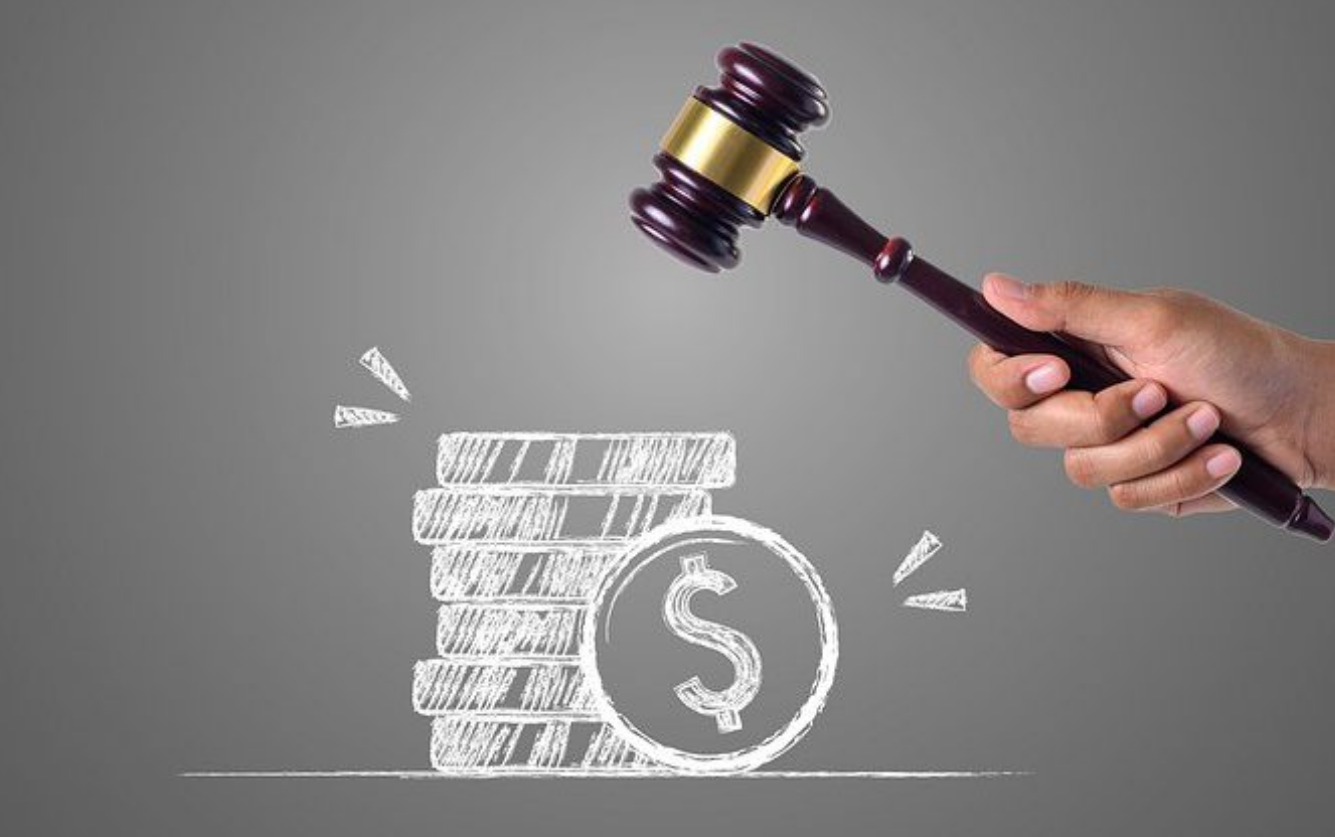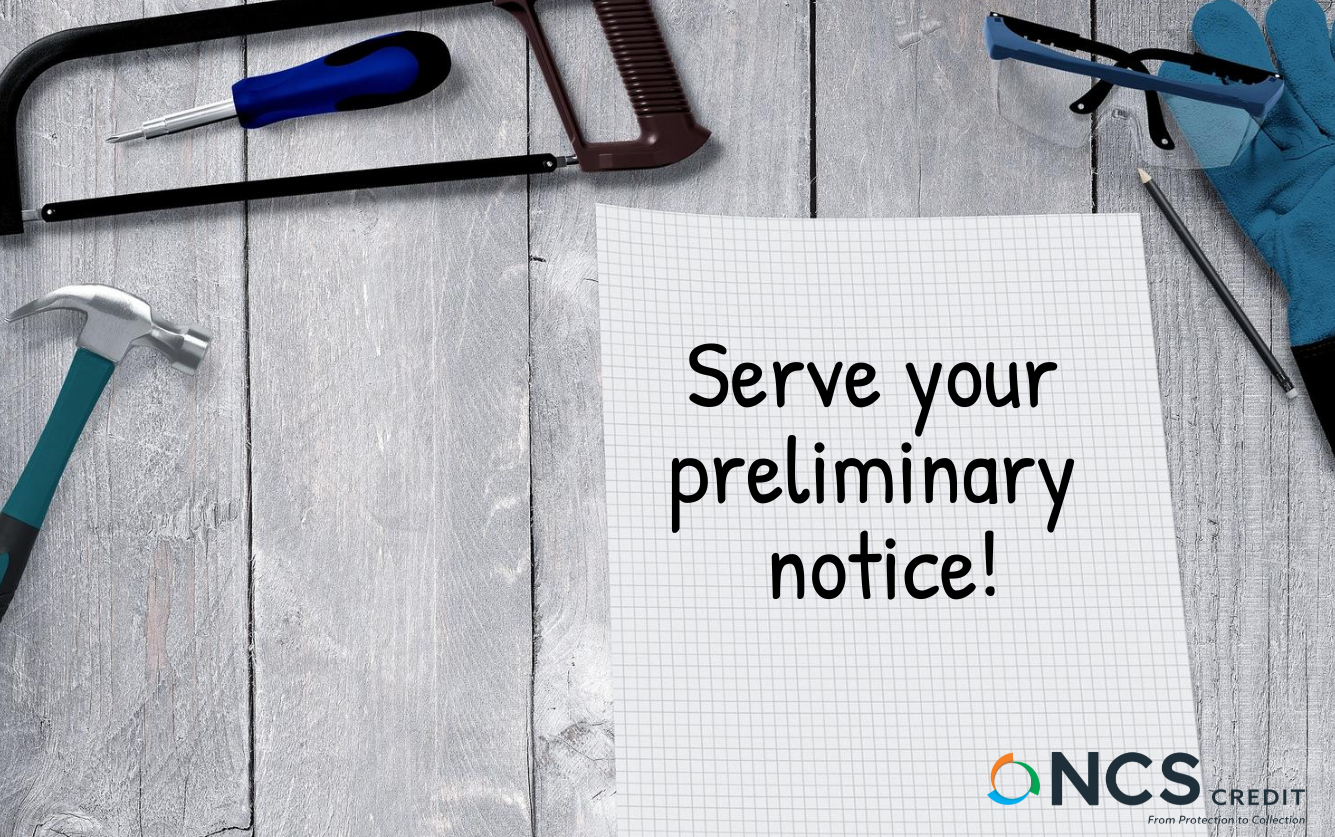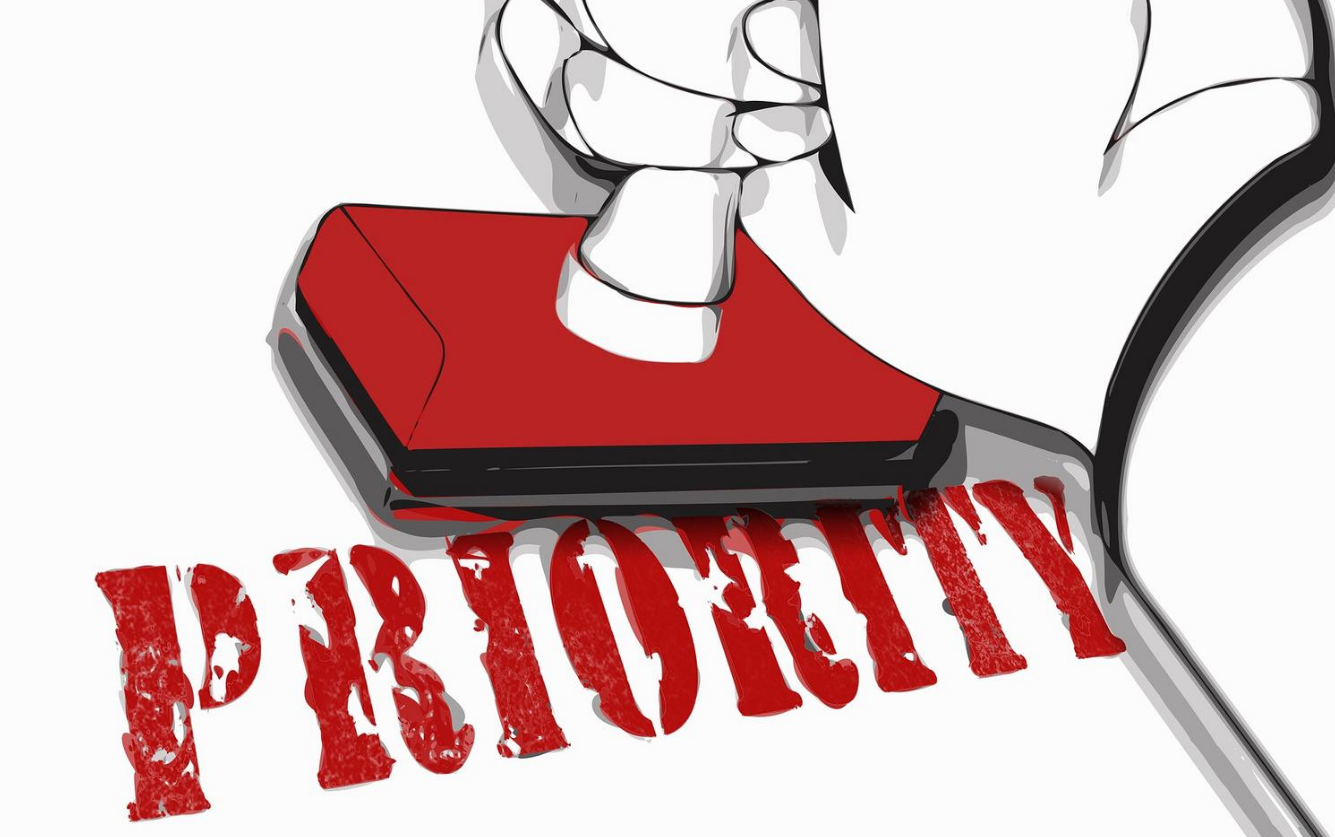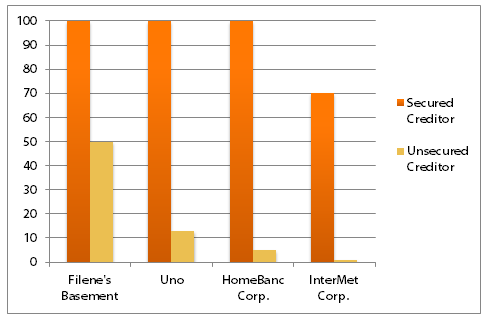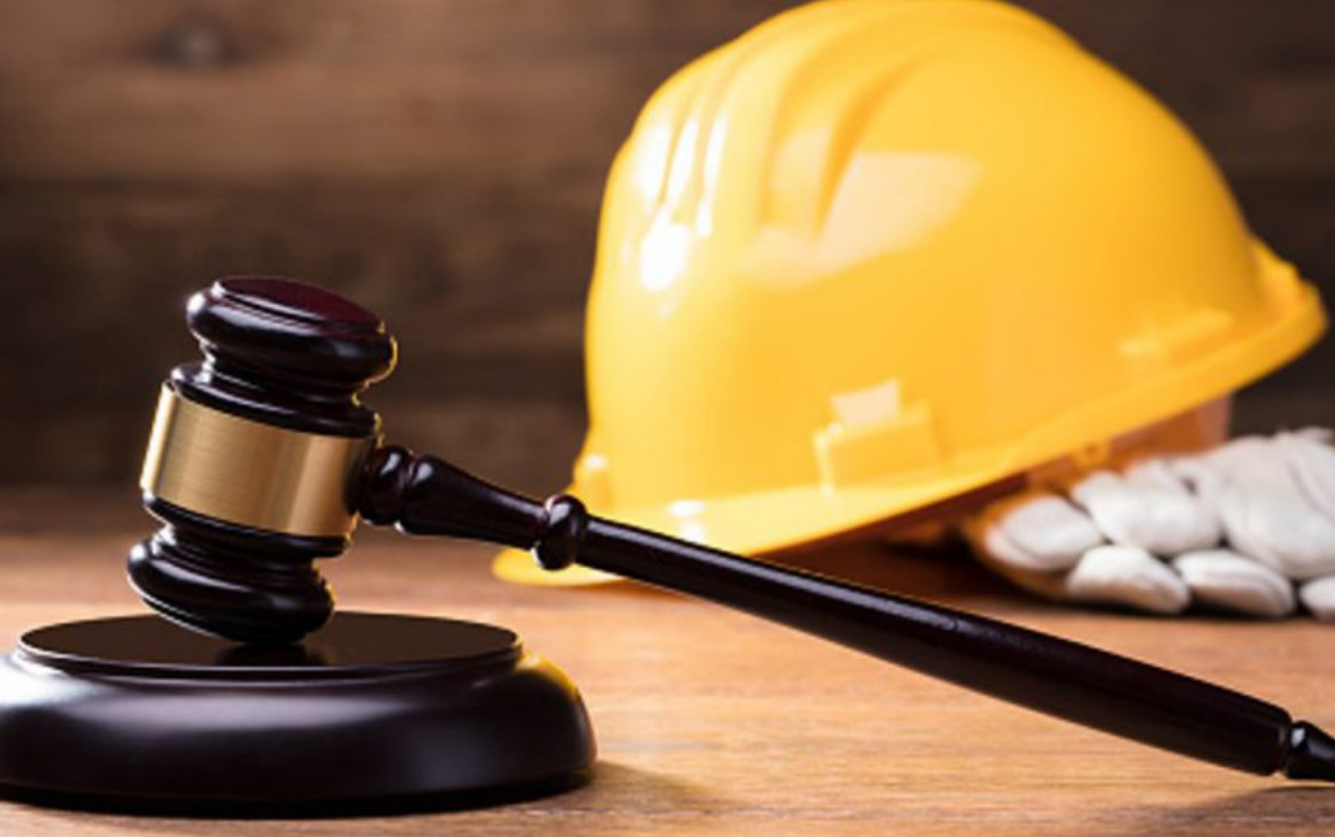
How to Find an Attorney that Understands the Intricacies of Construction Law
You sent your preliminary notice; your customer’s invoices became past due.
You sent a demand letter; your customer didn’t budge.
You filed a mechanic’s lien, miscommunication is running rampant between the parties within the contractual chain, and yet you still aren’t paid…
It’s Time to File Suit.
“Suit” is an action in a court of law to enforce a claim. (When enforcing a lien, suit is also referred to as “foreclosure”.) Since suit is an action brought before the courts, it needs to be handled by an attorney – preferably an attorney that specializes in construction law. But how do you find an attorney that understands the intricacies of construction law, is able to take on your case, and do so at a moderated cost?
Many credit professionals turn to NCS and say “Help!”, because our network of attorneys provides extraordinary expertise. Due to the valuable relationship cultivated with NCS, our attorneys provide their services at lower hourly rates. But for those who would prefer to take the path less traveled, begin the search for the right attorney.
Hiring an attorney, a new vendor, should be very similar to the way you hire employees and qualify customers for credit. Before you commit, make sure you can create a comprehensive picture of the attorney’s qualifications, experience & costs. NCS recommends asking the following questions & taking the following steps when looking for an attorney to take on your suit/foreclosure efforts.
First: the daunting task of actually searching for & locating an attorney.
- Ask for a referral: ask your business circles for attorney recommendations. Often times, social networks, like LinkedIn, may assist in this effort.
- Search the web: there are many websites available, but do your due diligence to ensure you are selecting reputable sites.
Second: the interview process.
Yes, you need to interview a perspective attorney. They are going to become an extension of your business – you are hiring them to assist you with your accounts receivable. Here are a few interview questions:
- What are your core competencies? i.e. Are you familiar with mechanic’s lien/construction law and do you practice these areas of law regularly? If you are interviewing an attorney that typically handles divorce cases, but once in a blue moon handles construction litigation, then perhaps it would be better to move on to the next attorney in your list. Think of it this way: If you need to have a tumor removed from your brain, would you want to go to a general surgeon who dabbles in many types of surgeries or a neurosurgeon that specializes in tumor removal?
- Have you handled cases like this in the past? You aren’t asking for specifics on a particular case (which is protected by attorney-client privilege), you are simply asking if the attorney has represented a lien claimant in a suit case similar to yours.
- What is your hourly rate and what is included in that hourly rate? It’s important to know what is included in that hourly rate. Some attorney’s charge separately for research, phone calls and document drafting & mailing, while others are willing to bill on a contingency fee basis.
- How frequently will you update me on the events of the case? Open communication is imperative, so set an expectation up front. If the attorney provides updates monthly, are you OK with that? Would you prefer an attorney update you weekly? If so, ask.
Finally: embark on the relationship, but do so with caution.
Once you have found, qualified & committed to an attorney, trust the attorney to complete the task at hand efficiently and effectively, but do not go into auto-pilot mode, be an active participant in your case. Of course, if the idea of qualifying an attorney to handle your suit has successfully made your head spin and your stomach knot up with anxiety, contact NCS.



